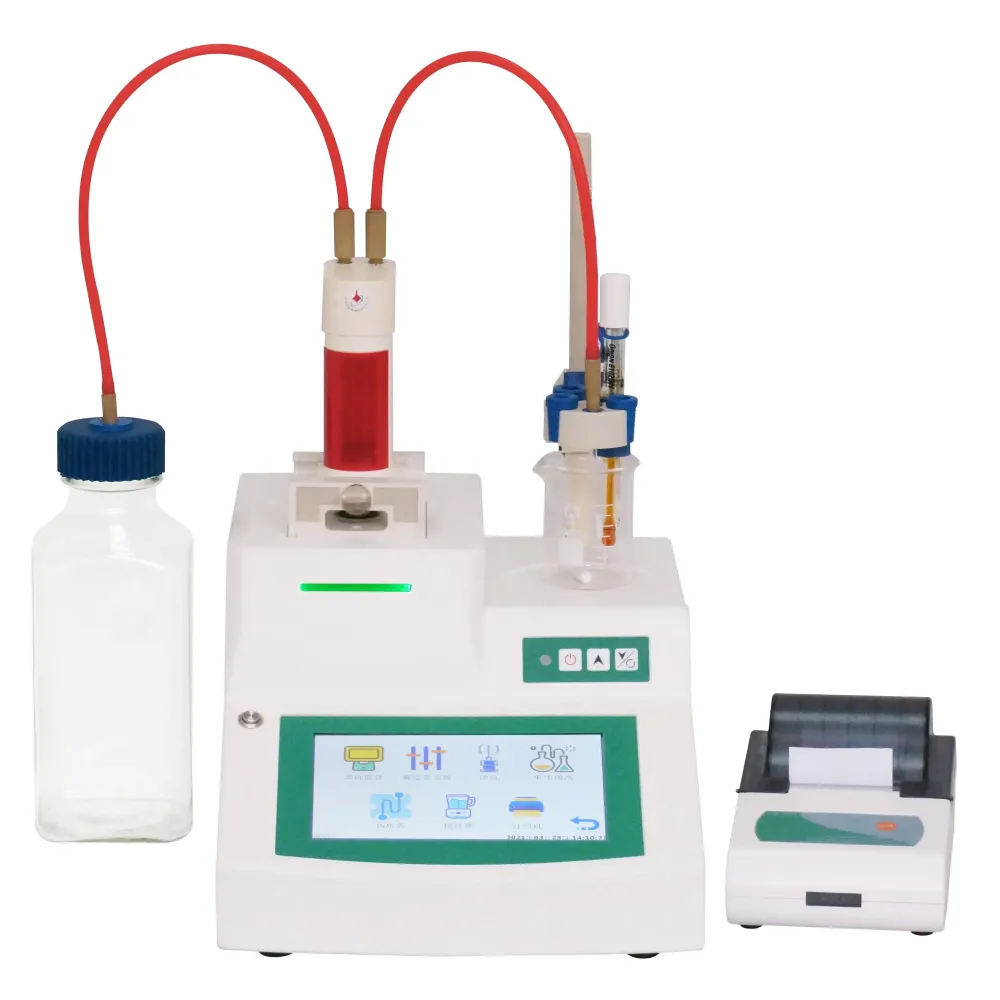 English
English


Understanding the Importance of DC Winding Resistance Testing for Electrical Equipment Reliability
Understanding DC Winding Resistance Testing
DC winding resistance testing is an essential diagnostic procedure used primarily in the maintenance and evaluation of electrical machines such as transformers, motors, and generators. This test helps identify potential issues within the windings, such as short circuits, poor connections, and other anomalies that could lead to system failures. In this article, we’ll explore the importance of the DC winding resistance test, how it’s performed, and what key factors to consider during the process.
Importance of DC Winding Resistance Testing
Winding resistance tests are critical for ensuring the reliability and efficiency of electrical machines. By measuring the resistance of the windings, engineers can ascertain the condition of the insulation and identify any defects that may compromise performance. High resistance values could indicate problems like loose connections or degraded winding insulation, while low resistance could point to shorted turns or parallel paths developing within the coil structure.
This test is particularly important for preventive maintenance, as it allows operators to detect issues before they escalate into major failures. As equipment ages, the materials used in windings can deteriorate due to factors such as heat, vibrations, and environmental conditions. Regular DC winding resistance testing can help track this deterioration and schedule necessary maintenance interventions, potentially saving significant repair costs and downtime.
Procedure for Conducting a DC Winding Resistance Test
The DC winding resistance test is relatively straightforward. It involves the application of a direct current (DC) to the winding under examination and measuring the resulting voltage drop. The basic steps include
1. Preparation Firstly, the equipment must be de-energized and isolated from any power supply to ensure safe testing conditions. All capacitive components, which could store charge, should be discharged to prevent electric shock.
2. Connection The winding resistance tester is connected to the winding terminals. It’s essential to ensure that connections are secure to obtain accurate measurements.
dc winding resistance test

3. Measurement A specified DC voltage is applied, and the resulting current is measured. The tester typically displays the resistance value directly by using Ohm’s law, where resistance (R) is calculated as R = V/I, with V being voltage and I being current.
5. Evaluation The collected data is evaluated to determine whether the winding is in acceptable condition. Any significant deviations from expected resistance values warrant further investigation and, if necessary, repairs.
Key Factors to Consider
When conducting DC winding resistance tests, several important factors must be kept in mind
- Temperature Resistance values can vary with temperature. It’s essential to correct the readings according to the temperature at which the test was performed, as higher temperatures typically reduce resistance.
- Frequency of Testing The frequency of DC winding resistance tests will depend on the criticality of the application and operating conditions. For example, motors and generators in heavy-duty applications may require more frequent testing.
- Interpretation of Results Evaluating resistance readings requires understanding the motor or transformer’s design and operational history. Historical data will provide a baseline to judge current measurements accurately.
In conclusion, DC winding resistance testing is a vital tool in the maintenance arsenal of electrical systems. By understanding the importance of this test and the procedures involved, operators can ensure the reliability and longevity of their electrical machines, ultimately contributing to safer and more efficient operations in various industries. Regular testing not only helps in identifying potential failures but also supports effective asset management and sustainability initiatives.
-
Differences between open cup flash point tester and closed cup flash point testerNewsOct.31,2024
-
The Reliable Load Tap ChangerNewsOct.23,2024
-
The Essential Guide to Hipot TestersNewsOct.23,2024
-
The Digital Insulation TesterNewsOct.23,2024
-
The Best Earth Loop Impedance Tester for SaleNewsOct.23,2024
-
Tan Delta Tester--The Essential Tool for Electrical Insulation TestingNewsOct.23,2024





